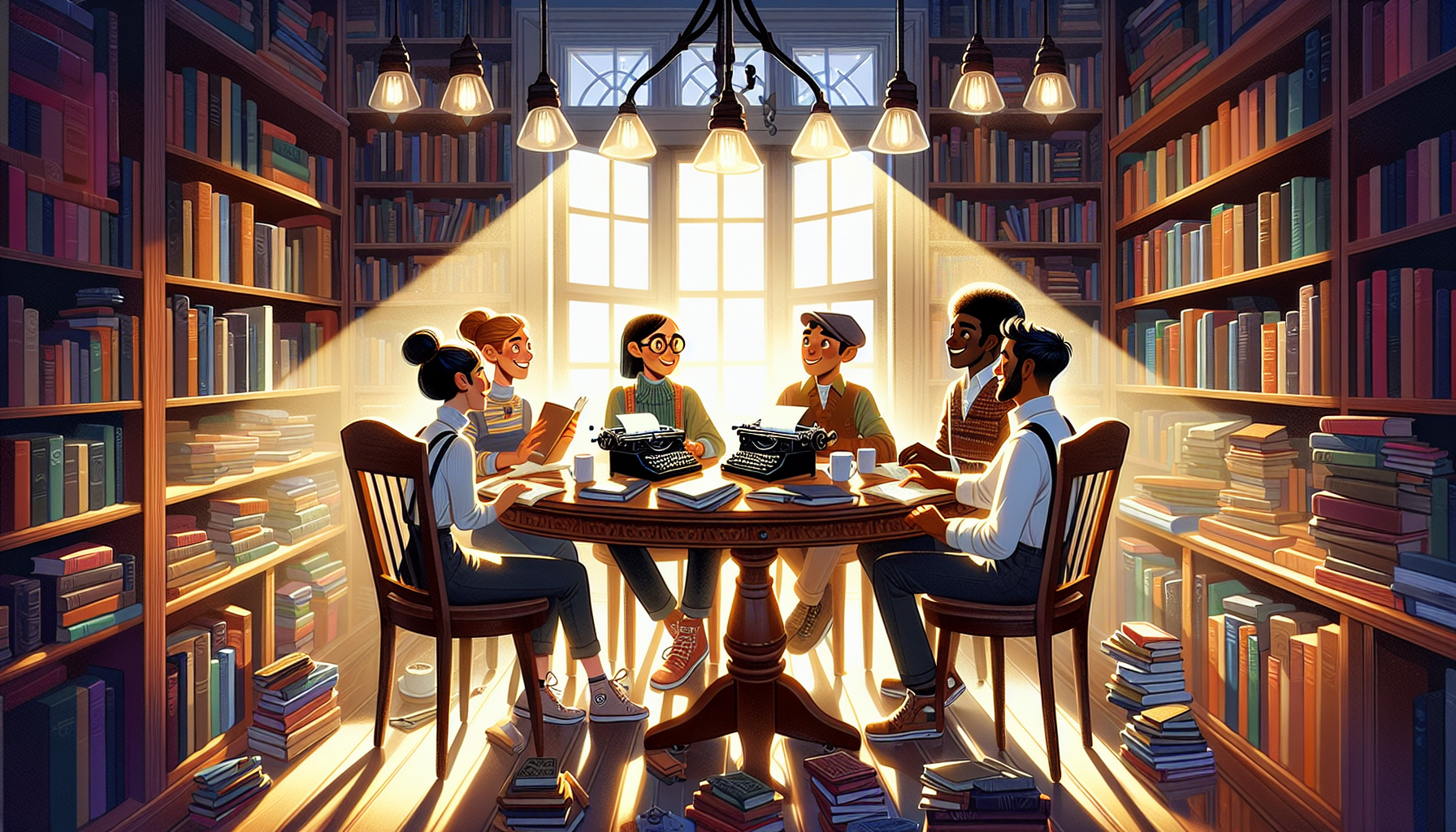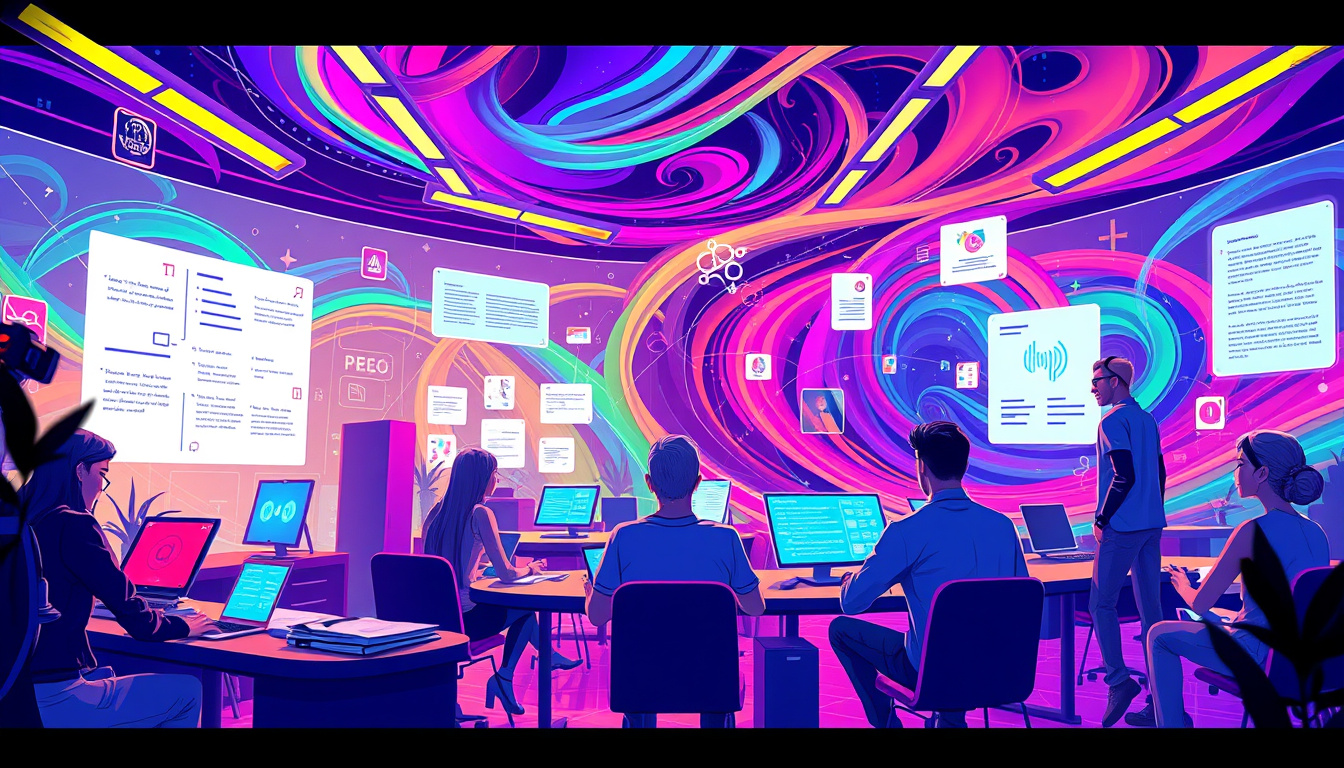
Why Wonky Words Wield Power: The Art of Crafting Dialogue
Ever read a conversation so riveting in a book that you forget the characters aren’t real? If you’ve been pulled into the vortex of witty banter or heart-wrenching confessions in narrative fiction, you’ve encountered the craftsperson’s handiwork. For the fledgling writer or the seasoned novelist, mastering dialogue is akin to a puppeteer finessing their strings. Get it right, and your puppets will dance in the minds of your readers long after the curtain falls.
The Invisible Puppet Strings: Making Dialogue Work
First things first, dialogue is not real talk. It’s the illusion of real talk—crafted, cunning, and clever enough to convince readers they’re eavesdropping on a genuine exchange. Grounding your dialogue in reality while making it serve its multi-functional purpose in your narrative can be a tightrope walk over a freakishly literary abyss.
Peppy or Pithy? Crafting the Tone
The trick is in the tone. Imagine a character so dry, their humor is like reading the dictionary? Wait, that could actually be hilarious! Tone sets characters apart—it’s the verbal fingerprint of your literary personas. A teenage witch in a supernatural novel might snap witty hexes under her breath, while a war-weary general in a historical saga will likely stick to gruff, impactful sentences. Playing with tone adds dimension and authenticity, sparking an electric connection between your characters and your readers.
He Said, She Said: The Tag Tangle
Simplicity rules supreme in the game of dialogue tags. Said is your best friend. Yes, we all experience the irresistible pull to spice things up with a replied excitedly or retorted breathlessly, but restraint can pack a more powerful punch. Said slips invisibly into the background, letting the dialogue itself hog the spotlight. However, when used sparingly and effectively, different tags can subtly clue readers into the underlying emotions or settings, without overshadowing the dialogue itself.
The Pause That Engrosses: Punctuating Personality
Mastering punctuation is key to pacing and personality in dialogue. An ellipsis might hint at a character’s hesitation or an impending doom. A dash could indicate an interruption or an abrupt change in thought. Commas, those tiny traffic cops, tell your reader to take a wee breath before moving on. Punctuation is less about grammatical pedantry and more about rhythm and flow. Tune it like you would a musical instrument to resonate with the emotional undertones of the conversations.
Subtext: Speaking Volumes Without Words
What isn’t said can often have a heavier impact than the spoken word. Subtext is the delicious underlayer of dialogue, the unvoiced thoughts and moods that hover in the unsaid. Characters might be talking about the weather while their true conflict (let’s say an unresolved romantic tension) crackles between the lines. To craft compelling subtext, you need to know your characters inside out—what they want, fear, and what they’re not saying. Mastery of subtext turns simple chit-chat into a gripping, emotional reveal.
Show, Don’t Tell: Dialogue as a Display Window
Forgive the cliché, but it’s an irrefutable truth in writing dialogue. Don’t waste precious dialogue on exposition that could be more dynamically expressed through action or internal thought. Instead, use dialogue to show character development, plot progression, and to sprinkle in backstory spices without overwhelming the main dish. Show your medieval rogue pickpocketing in the marketplace while negotiating with the local guards—far more thrilling than him droning on about his life’s philosophy (unless he’s philosophizing about the art of pickpocketing, that could work!).
Exercise That Dialogue Muscle
Like any part of writing, dialogue becomes more natural with practice. Read it aloud as if you’re rehearsing a play. Do the words flow? Do they clang about with the subtlety of a falling anvil? Adjust, tweak, and perhaps most importantly, enjoy the process. After all, if you’re having a blast crafting these conversations, chances are your readers will be utterly absorbed too.
In the sprawling tapestry of storytelling, dialogue is one of the most vibrant threads. It’s where you, the creator, breathe life into ink and paper, transforming them into voices that resonate in the hushed silence of a reader’s mind. Mastering dialogue is mastering the heart of your story. So go forth, let your characters speak, and perhaps more crucially, let them listen. You’re not just filling a page; you’re orchestrating a symphony of spoken word.






